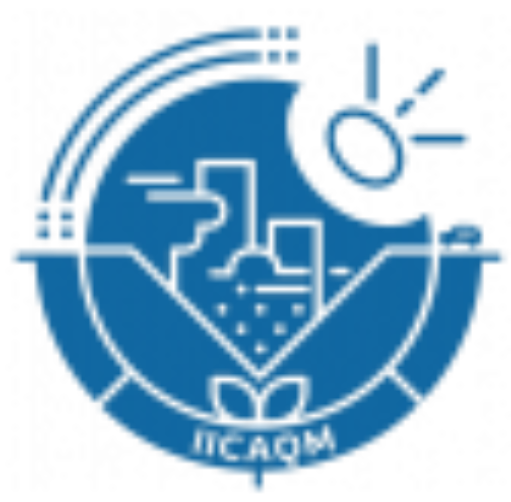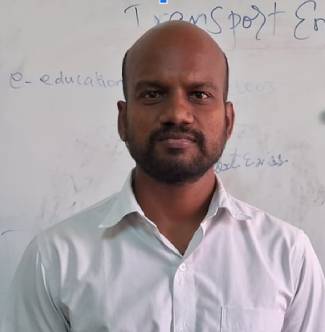Dr. Dheeraj Alshetty & Swagata Dey
EDF
A novel method for hotspot management – A case study of Local Air Management Plan (LAMP) in Delhi, NCR
ABSTRACT
Mitigation of hotspots in cities is an integral part of air pollution management. This study combines data from sensors, to supplement existing CAAQMS, along with micro emissions inventory and dispersion modelling to inform targeted grid-based mitigation strategy: “Local Air Management Plans (LAMP) for Delhi NCR. Sensors were deployed within a radius of 2-3 kilometres around a CAAQMS in the chosen hotspot. Mobile monitoring was carried out across fixed routes to supplement stationary data. Pollution maps indicated variation of PM 2.5 levels from 40 µg/m3 to 110 µg/m3 within a small area of 5 km2, varying almost 2.5 times. The spatial variation in NO2 values were much higher. Emissions were mapped through micro emission inventory with extensive primary surveys focusing on local sources. Dispersion modelling was carried out using AERMOD to discern the spatial variation of pollutants from the emission inventory. Sensor data was used to validate the model and action plan was developed. Sensors were selected based on a rigorous collocation study next to reference grade station. This research contributes to advancement in the use of sensors for data driven action to leverage authorities’ needs. It can be used for enforcement against gross polluters and larger air pollution policy design in an urban environment.
ABOUT ENVIRONMENTAL DEFENSE AIR QUALITY WORK IN INDIA
With expertise in science, health, air quality policy, business and community engagement, Environmental Defense Fund (EDF) is helping to lead the global clean air movement using the hyperlocal, block-by-block approach to air pollution monitoring that we helped to pioneer. We are building on our work in cities in the US, UK, China and India to drive clean air interventions in geographies where many low- and middle- income countries are suffering from some of the world’s worst air pollution. In India, we work with influential partners on air quality and low carbon development. We are the co-lead for USAID’s Clean Air Catalyst consortium, currently working in Indore. We have also collaborated with the Indian Institute of Science, Bangalore and Jadavpur University, Kolkata to develop the Indian Zero Carbon Energy Pathways, the country’s first open-source model to examine renewable energy penetration pathways to accomplish India’s national commitments. Along with NEERI and the Central Pollution Control Board, we launched IndAIR, the country’s only repository of indigenous air-quality research.







